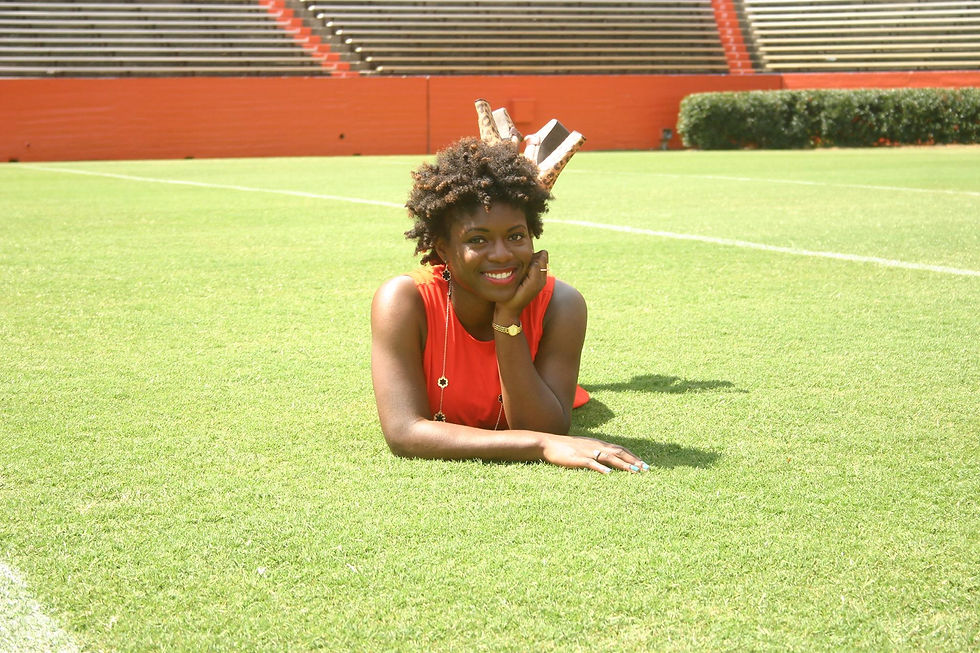


Michelle Hylton
Educator - Lifelong Learner
Measurement
1. Problem: A box 2 centimeters high, 3 centimeters wide, and 5 centimeters long can hold 40 grams of clay. A second box has twice the height, three times the width, and the same length as the first box. How many grams of clay can it hold?
Methods:
-
Geometric Visualization
-
Arithmetic comparison of volumes
Promotes Mathematical Understanding: This problem provides students with the opportunity to compare the relative volumes of boxes in order to determine the mass of clay needed to fill them. This problem seeks to help students understand the result of scaling the dimensions of a right rectangular solid. Before students begin generalizing this concept it is necessary that students think about the effects of scaling different dimensions by different factors.
Solution: Arithmetic comparison of volumes- The first box is 2 centimeters high, 3 centimeters wide, and 5 centimeters long. Through multiplying the lengths (2cm×3cm×5cm), the volume is 30 cubic centimeters. The second box is 4 centimeters high, 9 centimeters wide, and 5 centimeters long. Through multiplying the lengths (4cm×9cm×5cm), the volume is 180 cubic centimeters. Because the volume of the box is 6 times larger (180/30), it holds six times as much clay as the first box that held 40 grams of clay. So the second box can hold 6×40=240 grams of clay.
Problem Source: https://www.illustrativemathematics.org/illustrations/1031
Web 2.0 Tools: Google Draw, Educreation Whiteboard App, Doodle Buddy
2. Problem: Cari has a fish tank that is 4 feet wide, 8 feet long, and 5 feet high. How many cubic feet of water can her tank hold?
Methods:
-
Volume formula (V= L x W x H)
-
Find the area of the base and by the height to find the volume (V = AofB x H)
Promotes Mathematical Understanding: This task promotes mathematical understanding in that students are presented asked to implement their conceptual understanding and knowledge of volume to solve an authentic problem.
Solution: Using the volume formula (8 feet x 4 feet x 5 feet = 160 cubic feet) we find that the tank holds 160 cubic feet of water.
Problem Source: https://www.illustrativemathematics.org/illustrations/1308
Web 2.0 Tools: Educareation Whoteboard App, Google Draw
3. Problem: Five brothers are going to take turns watching their family’s new puppy. How much time will each brother spend watching the puppy in a single day if they all watch him for an equal length of time.
Methods:
-
Draw a number line
-
Draw a picture
Promotes Mathematical Understanding: This task promotes mathematical understanding in that students are given a specific size and specified number of subsets into which the size can be divided. This presents an opportunity for students to determine the size of the subsets in an authentic situation.
Solution: Draw a number line- Create a number line with 24 tick marks, because there is 24 hours in the day. Then separate the number line into 5 equal parts since there are 5 brothers. 24 cannot by divided equally by 5 equally (24/5= 4 and four-fifths), but 25 can (5 x 5 = 25). Thus the brothers will each watch their family’s new dog for 4 hours and 48 minutes.
Problem Source: https://www.illustrativemathematics.org/illustrations/293
Web 2.0 Tools: Number Line App by Math Learning App, Educareation Whoteboard App, Google Draw